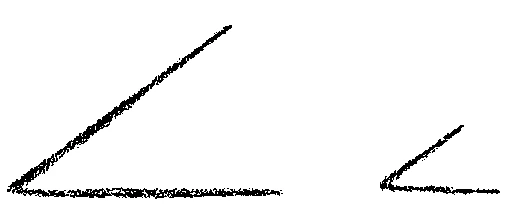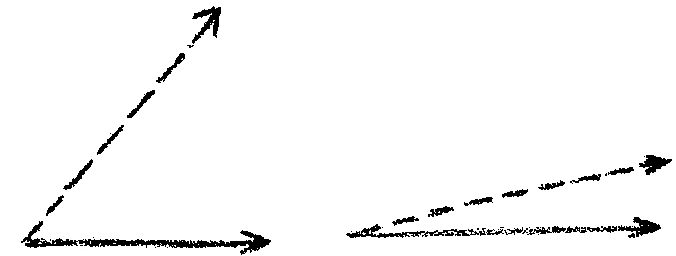Discussions with Teachers
GA 295
Discussion Twelve
3 September 1919, Stuttgart
Translated by Helen Fox
Speech Exercises:
Curtsey cressets Betsy jets cleric
lastly plotless light skeptic
RUDOLF STEINER: You will only get the words right when you can reel them off by heart. Be conscious of every syllable you speak!
Narrow wren
mirror royal
gearing grizzled
noting nippers
fender coughing
Some of the teachers, as requested, gave a comprehensive survey of the natural history of plants as discussed in yesterday’s discussion.
RUDOLF STEINER: Give as many examples as possible! Ideas about metamorphosis and germination cannot really be understood by children under the age of fourteen, and certainly not by children of nine to eleven. Related to this is something else of great importance that needs to be said. You must have followed the recent discussions from every side about so-called “sex education” for children. Every possible perspective, for and against, has been presented.
The subject essentially breaks down into three questions. First, we consider who should present such sex education. Those who think seriously about their great responsibility as teachers in the school soon realize the extraordinary difficulty of such an undertaking. I doubt if any of you would really welcome the job of providing sex education to young teenagers between twelve and fourteen. The second question concerns how this teaching should be given. This is not an easy question either. The third question is about its place in education. Where should you introduce it? In natural history lessons perhaps?
If teaching were based on true educational principles this task would fall very naturally into place. If in your teaching you explain the process of growth to the children in relation to light, air, water, earth, and so on, the children will absorb such ideas so that you can proceed gradually to the process of fertilization in plants, and then in animals and human beings. But you must look comprehensively at this matter and show how plants come into existence through light, water, earth, and so on; in short, for the complicated process of growth and fertilization you must prepare ideas that will provide children with a foundation in imaginative thinking. The fact that there has been so much chatter about sex education proves that there is something wrong with teaching methods of today; it should certainly be possible in the early school years to prepare for later sex education. For instance, by explaining the process of growth in connection with light, air, water, and so on, the teacher could foster the pure and chaste views necessary for sex education later on.
In map drawing you should color the mountains brown and rivers blue. Rivers should always be drawn as they flow, from source to mouth, never from mouth to source. Make one map for the soil and ground nature—coal, iron, gold, or silver, and draw another map for towns, industries, and so on. I ask you to note the importance of choosing some particular part of the world as a subject for your lessons, and then as you continue, you should refer back to this area again and again. The way that your subject is presented is also very important; try to live directly into your subject so that the children always get the feeling that you are describing something in which you are actually involved. When you describe an industry they should feel that you are working there, and the same is true when you describe a mine, and so on. Make it as lively as possible! The more life there is in your descriptions, the better the children will work with you.
Someone calculated the measurement of areas, beginning with the square and proceeding to the rectangle, parallelogram, trapezium, and triangle.
RUDOLF STEINER: It is difficult to explain to a child what an angle actually is. Can you make up a method for doing this? Perhaps you remember how difficult it was for you to be clear about it—aside from the fact that there may be some of you who do not yet know what an angle really is.
You can explain to the children what a larger or smaller angle is by drawing angles, first with longer arms and then with shorter arms. Now which angle is the larger? They are exactly the same size!

Then have two of the children walk from a certain point simultaneously, two times, and show them that the first time they walked they made a larger angle, and the second time a smaller one. When they walked making the smaller angle their paths were closer together, with the larger angle further apart. This can also be shown with an elbow movement.

It’s good to arrive at a view of larger and smaller angles before beginning to measure angles in degrees.
The transformation of a parallelogram into a square was spoken about, to show that the area, in both cases, is base multiplied by height.
RUDOLF STEINER: Yes, it can be done like that. But if by tomorrow you would consider the whole subject on a somewhat different basis, perhaps you will find it beneficial to introduce the children to a clear concept of area as such first, and then the size of the area. The children know the shape of a square, and now you want to show it to them as a surface that could be larger or smaller.
Second, figure out for tomorrow how you would give the children arithmetical problems to solve without writing down any figures—in other words, what we could call mental arithmetic. You could, for example, give the children this problem to do: A messenger starts from a certain place and walks so many miles per hour; another messenger begins much later; the second messenger does not walk but rides a bicycle at a certain number of miles per hour. When did the cyclist pass the messenger on foot?
The object of these problems is to develop in children a certain presence of mind in comprehending a situation and evaluating it as a whole.

